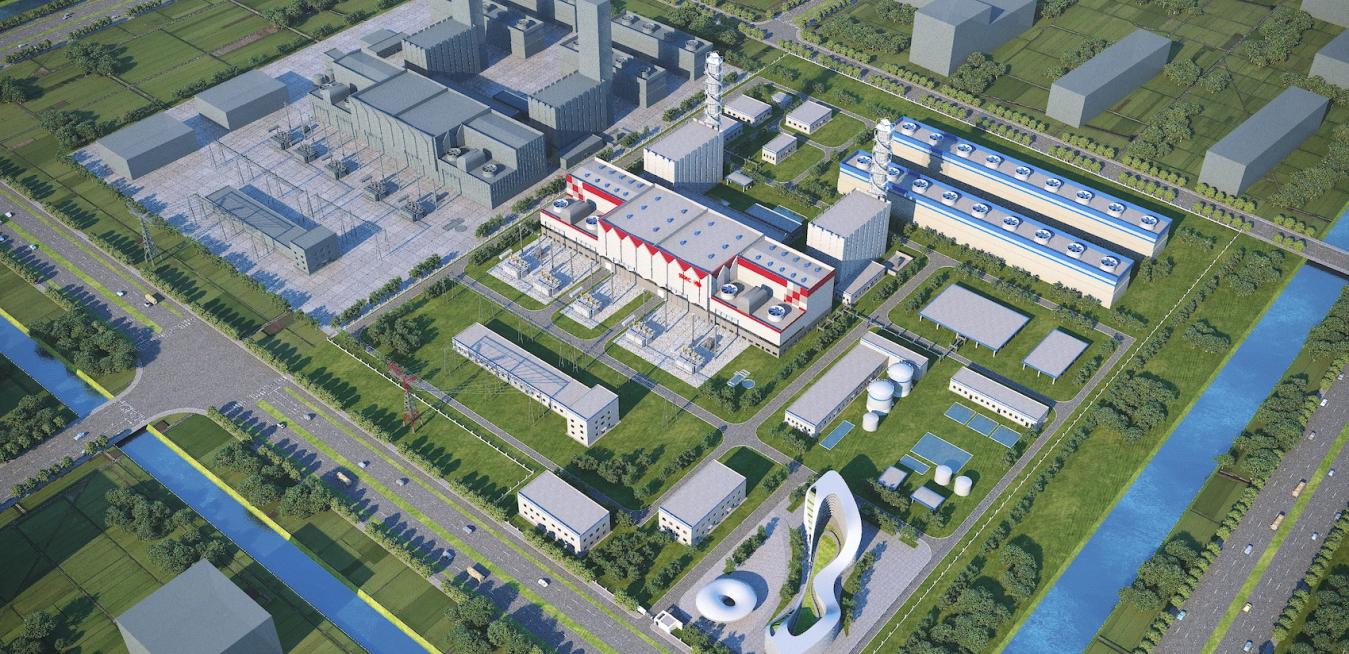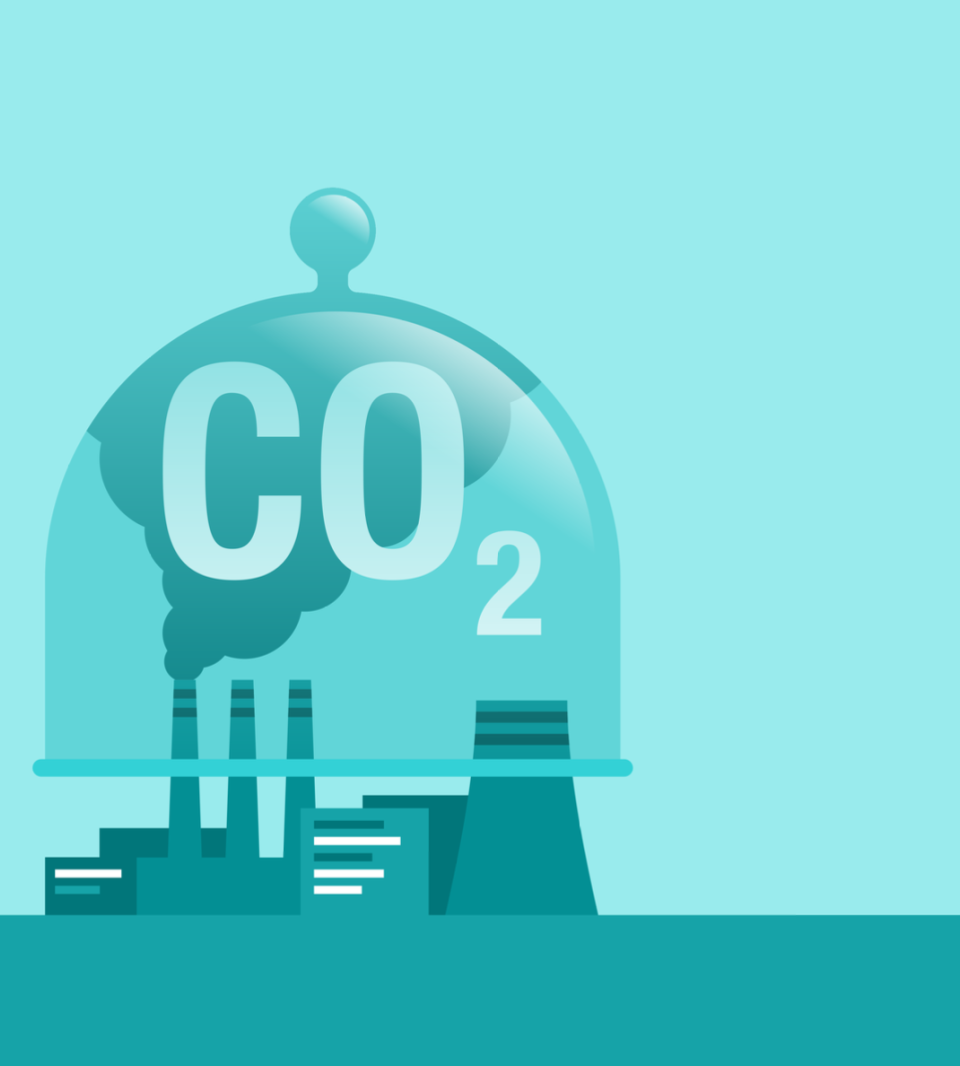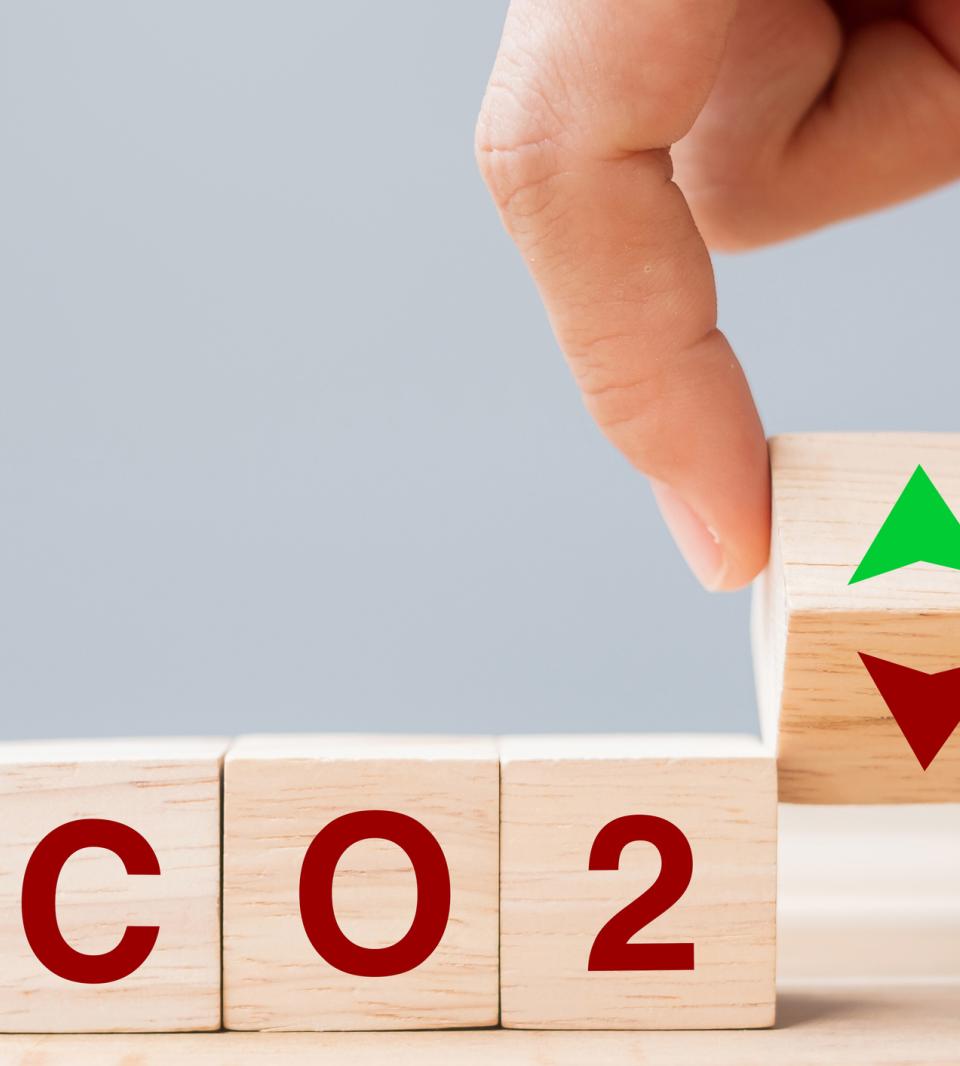China’s Zhoushan City archipelago, a sprawling collection of more than 1,390 islands about 100 miles south of Shanghai in the East China Sea, is a popular tourist destination, a center for commercial fishing, and home to half of one of the world’s busiest ports, the Port of Ningbo-Zhoushan. Now it’s also welcoming some of China’s most ambitious economic development projects. Government-backed efforts to establish new maritime industry development zones in Zhoushan are well underway, as are plans to rapidly expand the region’s hydrogen energy industry.
A dragon fruit farmer in Vietnam. A truck driver in Australia. A kelp fisherman in Norway. Three hardworking people plying sometimes challenging trades in different corners of the world. What links them is a changing climate that is forcing nations to reckon with how to keep the lights on while cutting carbon emissions.
Natural gas plants are an important part of the energy transition, as one of the tools to support more renewables being added to the grid. But despite the benefits gas offers in terms of reliability and availability, natural gas is a fossil fuel that produces carbon emissions (though much less than coal). GE Gas Power is working on a variety of ways to reduce the carbon emissions of gas-powered power stations. One of them is tantalizing: capture the carbon that’s emitted at the power station.
Hillsborough County on Florida’s Gulf Coast is a perfect example for understanding how Florida became one of the fastest-growing states in the U.S. Encompassing the Tampa Bay metro area, it grew from a population of less than 1 million in 2000 to close to 1.5 million in 2020. And over the next 30 years, the county is projected to be the nation’s third-largest gainer in terms of population, with 600,000 more new residents coming. One thing they’ll surely need when they settle down is electricity.








